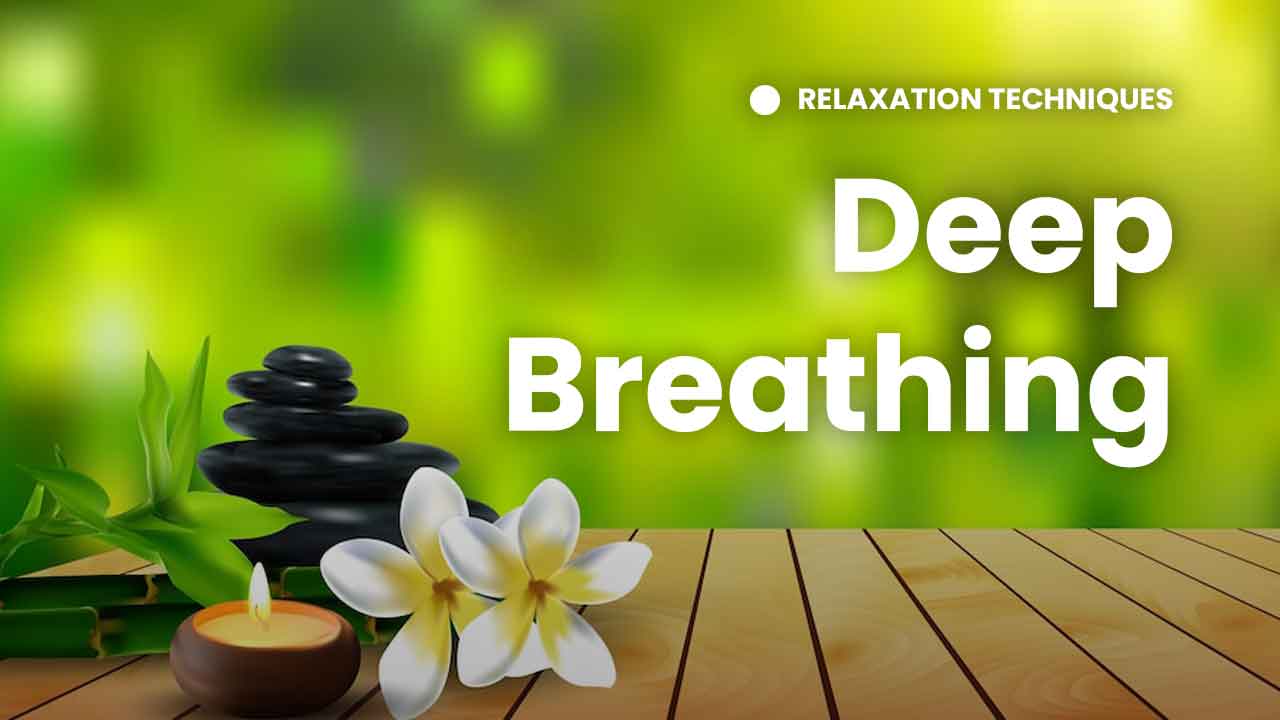Deep breathing is a simple yet powerful relaxation technique that can have a profound impact on your well-being. By consciously controlling your breath, you can activate your body's relaxation response, reduce stress, and enhance your overall sense of calm. In this guide, we'll walk you through the step-by-step process of practicing deep breathing for optimal results.
Key Points:
Step 1: Find a Comfortable Space
Begin by finding a quiet and comfortable space where you won't be disturbed. You can sit on a chair with your feet flat on the ground or lie down on your back.
Step 2: Correct Posture
Sit or lie in a relaxed but attentive posture. Keep your spine straight and your shoulders relaxed. Place one hand on your chest and the other on your abdomen.
Step 3: Breathe Through Your Nose
Inhale slowly and deeply through your nose. As you inhale, feel your abdomen rise as it fills with air. Allow your chest to rise slightly as well, but keep the movement in your abdomen dominant.
Step 4: Exhale Slowly
Exhale slowly through your mouth. As you exhale, focus on the sensation of your abdomen falling as the air is released. Your chest should also lower gently.
Step 5: Lengthen Your Breaths
Continue this deep breathing pattern, inhaling through your nose and exhaling through your mouth. Aim to gradually lengthen both your inhalation and exhalation. Try to make your exhalation slightly longer than your inhalation.
Step 6: Counting Your Breath
To help regulate your breath, you can use a simple counting method. Inhale for a count of four, then exhale for a count of six. Adjust the counts according to your comfort level, making sure that the exhalation is longer than the inhalation.
Step 7: Focus on Your Breath
As you practice, direct your full attention to your breath. Let go of any distractions and immerse yourself in the sensation of each inhalation and exhalation. If your mind starts to wander, gently bring your focus back to your breath.
Step 8: Practice Regularly
Incorporate deep breathing into your daily routine. Aim to practice for at least 5-10 minutes each session, gradually increasing the duration as you become more comfortable.
In a nutshell
Deep breathing is a valuable tool you can use anytime, anywhere, to restore balance and tranquility to your mind and body. By following this step-by-step guide, you've equipped yourself with a simple yet potent technique for stress reduction and relaxation. Remember, mastering deep breathing takes practice, so be patient with yourself.

